Six reasons to take an end of season break: the effects and benefits explained
As the summer season draws to a close, we take a look at why it's important to take a block of downtime off the bike to rest, recover and reignite your competitive fire

It’s a well-known paradox in cycling that the hardest thing about training is not training. All too often, it’s not the next hard session that gives us the jitters but the niggling feeling that we ought to take a few days off the bike. As for the prospect of a few weeks off the bike, that’s minor meltdown territory.
Enough of this crazy rest aversion; it’s time to face the fact that taking some specifically earmarked time off the bike this autumn or winter may well be a key part of the recipe for your success in 2023.
So, be brave, try not to break into a cold sweat, and put your feet up as we set out six reasons why you need an off-season break.
Six reasons why you need an off-season break
1. To avoid burnout

There are three basic components to training:
- Fitness: your longterm development, typically divided into six-week blocks of training stress
- Fatigue: the toll that the last seven days of training has taken on your body
- Form: the balance between the two above — you can be super-fit, but if you’re heavily fatigued, you’re going nowhere fast.
Over a well-planned season, following a cycling training plan, your fitness will slowly and steadily build over a number of months and peak for a key event. Typically, that peak tends to come at the point when your fatigue is also very high — a result of all the training you put into being in the best shape possible. And so comes the point where you should take some time off.
“There’s only so long you can carry a high level of fatigue before you enter dangerous territory, with your immune system weakening and you treading the risk of overtraining,” says cycling coach Dr Tom Kirk (customcyclecoaching.co.uk).
“At this point, you’re at a junction between two options: pushing on and plateauing in fitness as you’re not fresh enough to train hard, as well as risking illness, or taking a break.”
Get The Leadout Newsletter
The latest race content, interviews, features, reviews and expert buying guides, direct to your inbox!
Make time off your active choice, urges Kirk: “You’re better off taking a non-enforced break rather than pushing through, getting ill, and maybe needing even longer off to recover. Take that break while you’re healthy, de-stress and de-load, then you’ll come back ready to fight hard in the next season.”
For many people, the best time for an off-season break is autumn, the point where most of the races, sportives and challenges for the year are over. Rather than aimlessly riding through October or November, take some downtime and be ready for winter.
“You see the biggest performance jumps over winter, as there are fewer events,” continues Kirk. “Being free from the distraction of races means you can bank consistent training and see big improvements — but you have to be fresh when you go into it.”
2. To reset the mind
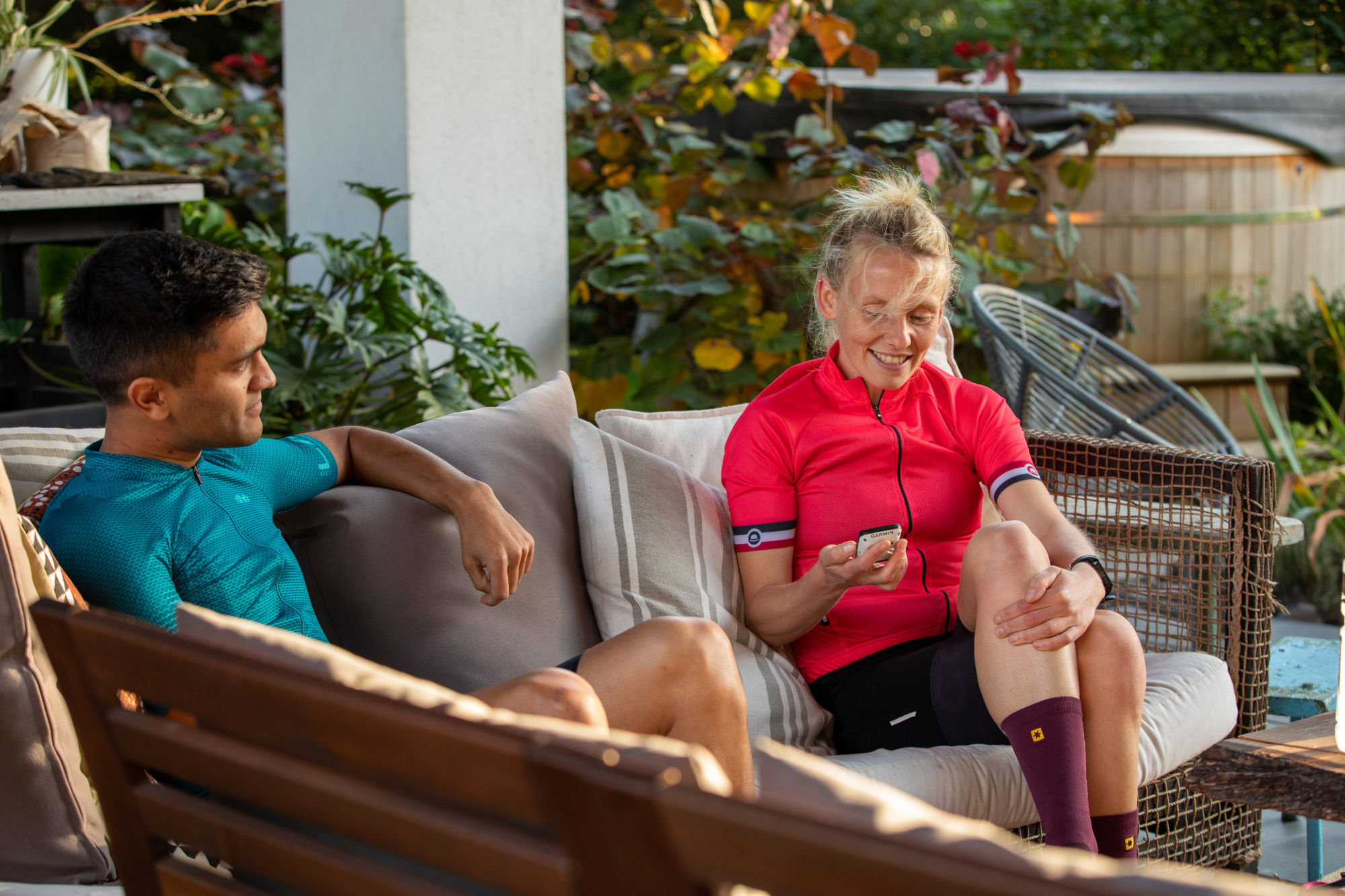
You need to be ready for winter, not just physically — to enable you to harvest those base miles — but also mentally.
“Sometimes, people push through autumn without taking a break because the weather is still nice and they feel keen to ride,” says coach Kirk, “but then a month or two later, when the weather turns really grim and you need every bit of motivation possible, you lose the desire to train when you should be laying the foundation for the next season.”
That recharge of motivation to commit to future training is perhaps the most essential part of an off-season.
Dr Josephine Perry, CW writer and sports psychologist, explains: “When we start training seriously and look to perform well in big events, cycling can become another stressor on top of things such as work and family.”
Attempting to balance pleasing the boss, mowing the lawn and doing our intervals requires mental resilience, and that mental strength only lasts so long. Taking a few weeks away from worrying about watts, intervals, and stress scores allows our mental reserves to heal and rebuild, fortifying us for another season of committed training and competing.
“When we’ve had time free of the pressure of training, we find ourselves itching to get going again — and that is a great sign you’ve physically and mentally recovered,” says Perry. And believe it or not, those 20-minute intervals in your gloomy garage will become a challenge you relish again.
Simon Bowler, a national-level time triallist and track rider, always takes an off-season break to reset his mind: “I always plan my off-season for immediately after my main race of the year. Knowing that there’s a set end date where I can relax and not have the added stress of training, really helps me push through peak season, and helps me reset my goals and approach for the next year.”
3. To come back stronger
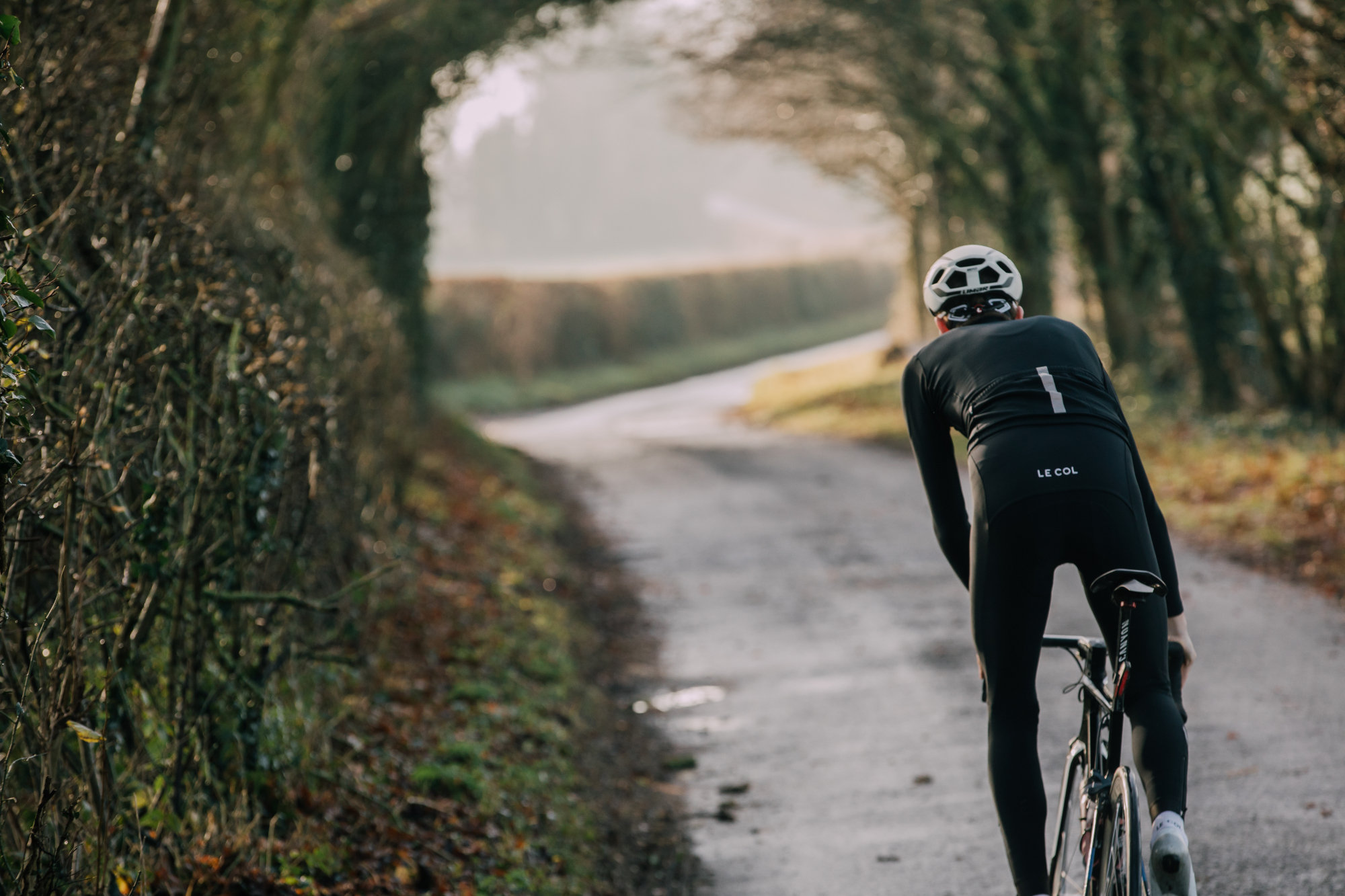
That’s right — time off the bike will make you stronger in the long run. The way in which your fitness and fatigue interact means that, theoretically, after a few weeks away from the bike, you’ll reap long-term gains.
Taking two weeks off the bike altogether means that you will shed a lot of fatigue — two weeks of car travel and lounging on the sofa leave you like a caged tiger! Fitness is much longer lasting than fatigue, so it’s win-win. Sure, you’ll be fractionally less fit, but the freshness easily makes up for it. Indeed, this freshness can carry you through to the start of the season, putting the fire in your belly and energy in your legs required to train harder than before — and you’ll be working with only a slightly diminished base of fitness.
And extra good news for enthusiastic amateurs is that we gain more from proper rest than do seasoned pro or elite riders.
“Very highly trained athletes see only very small performance improvements year on year,” says Kirk, “but if you’re newer to riding and still making big steps in fitness, taking a proper rest period is really important. Amateur riders are still a long way from their fitness ceiling and so they have a lot more potential to work with.”
Of course, continuing to make improvements relies on you training hard enough — and, yes, resting hard enough too.
4. To maintain and condition
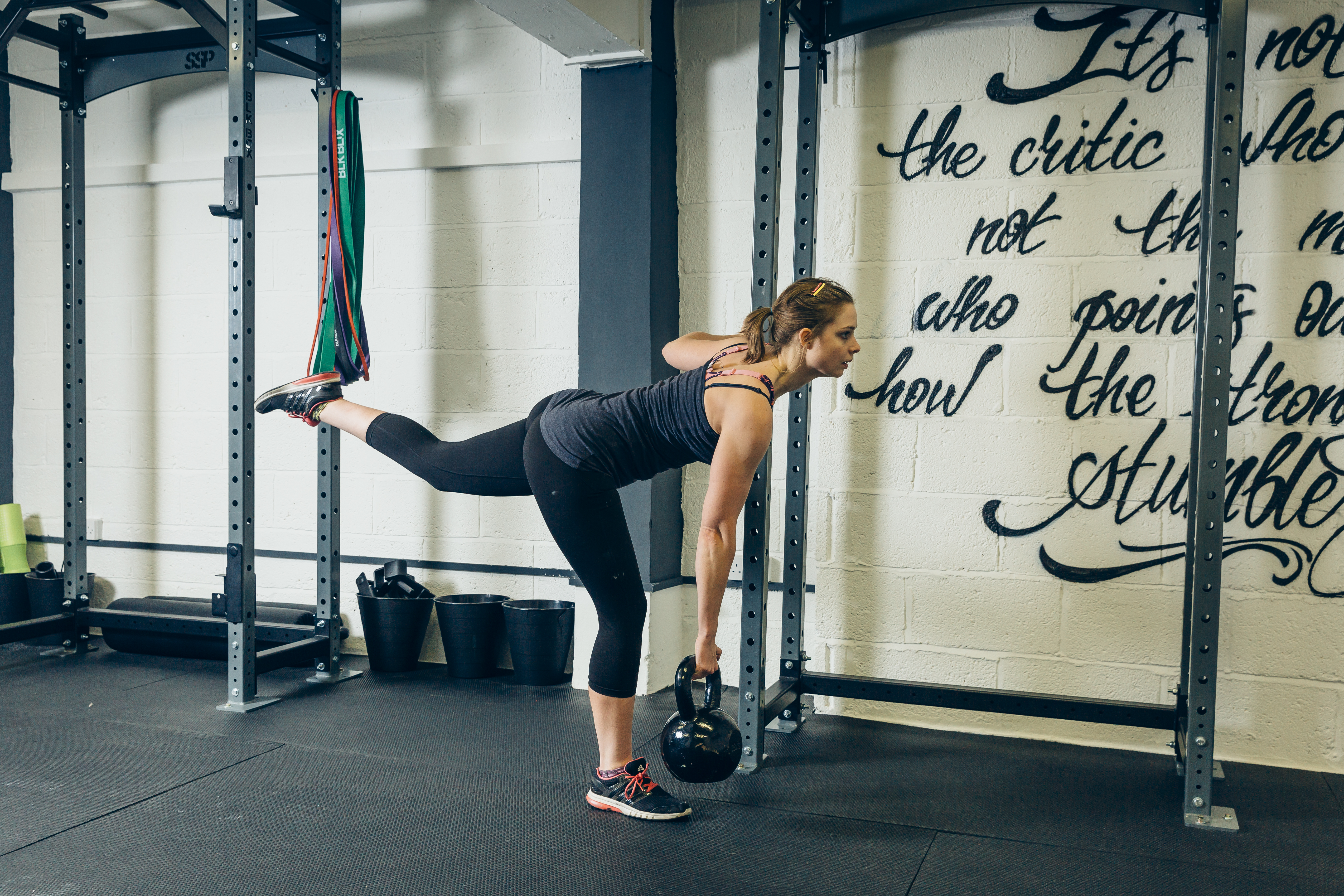
Much as we like to think those little niggles picked up through the year will eventually fix themselves, our hip tightness and back stiffness often won’t disappear without a bit of work.
“The repetitive, single-plane motion of pedalling inevitably leads to tightnesses or imbalances over a hard season of training,” say Laurence Plant, lead sports chiropractor at Henley Practice Clinic. “You might get away with ignoring these for a season or two. But if you continue to ignore them, they could develop to the point that you need to take time off during the season, which could set you back for weeks.”
Taking a few weeks off will give you a lot of spare time, and you shouldn’t waste it all on the sofa or down the pub. Proactively addressing little problems when you have time to focus on them will pay dividends in the month to come.
“An off-season break gives you time to identify niggles and address them,” advises Plant. “This may initially require the help of a practitioner, and then addressing them yourself with stretching and muscle-release at home. But it’s more important to identify the cause of the issues in the first place.”
According to Plant, the commonest complaints he sees in cyclists can often be managed in the off-season.
“The problem areas for riders are typically tightness around the hips and in the rotator cuff from holding long, low aggressive aero positions, and knee pains from your knees not tracking straight.”
All of these issues can be treated, or even cured, with some strength and conditioning, including hip mobility work and glute-strengthening exercises, single-legged leg strength and balance work, and core stability exercises — tailored to the specific problem.
Plant advises taking a three-stage approach: first, take some total rest, then start a routine of stretching and mobility, and then progress to strength work in the gym. And you need to keep it up once you’re back on the bike.
“While you want to chip away any issues in the off-season with strength and mobility workouts, you need to keep up some low-intensity maintenance work when you start training again to prevent issues recurring.”
Remember kids: ‘S&C is for life, not just for off-season!’
5. To revisit your bike fit
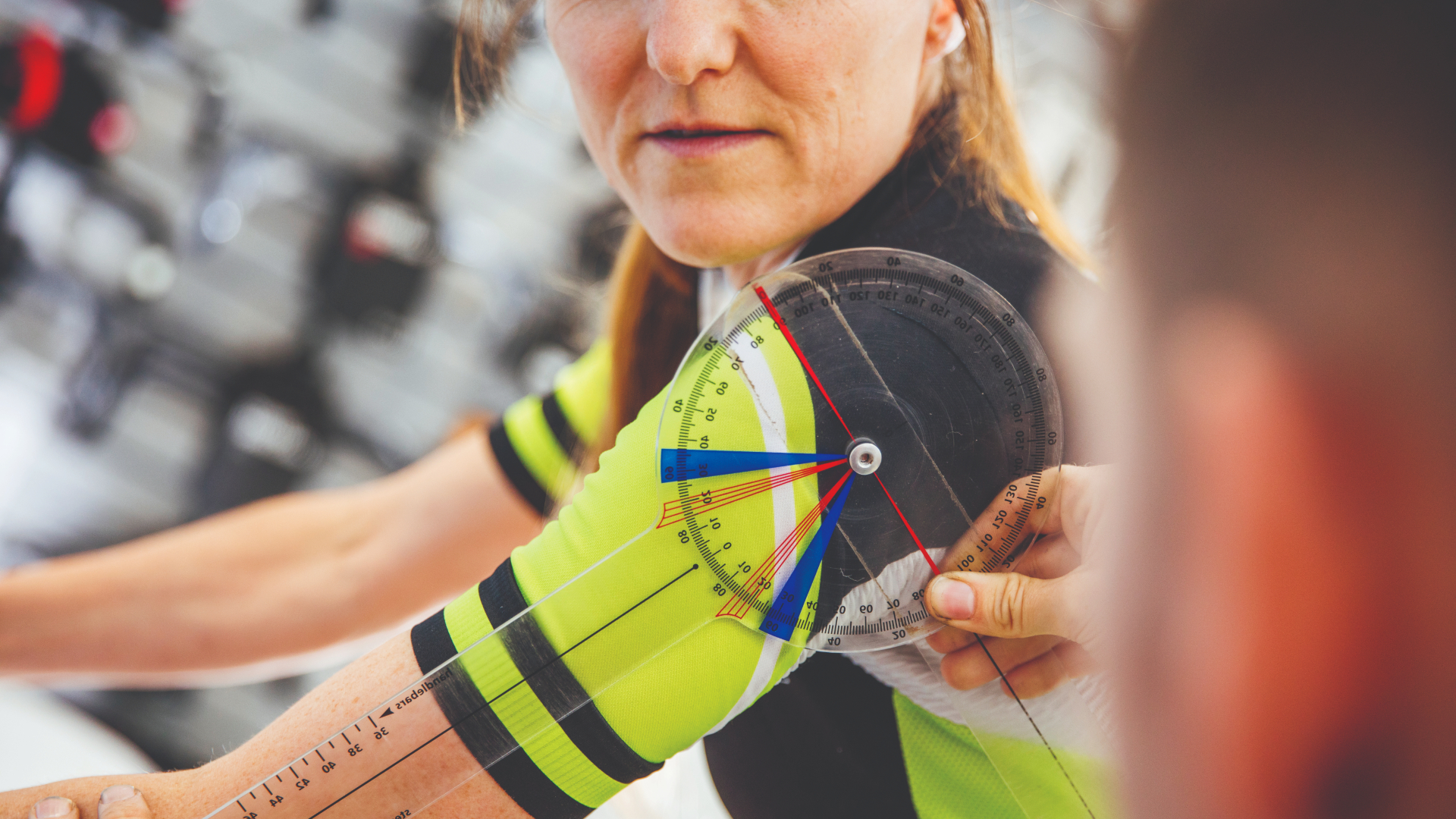
Time away from the bike gives time to think more carefully about how your body interacts with your machine. Garth Kruger of Vankru bike-fitting advises a regular check of your bike-fit, particularly if your range of movement changes, or if you’ve recently been injured.
“Lots of things can play into your achievable range of movement,” says Kruger. “Changes in weight, injuries, or recently starting pilates, yoga or strength work can all impact your flexibility and mobility – and they’re the key elements we assess in a bike-fit.” If any of those things apply to you, it may be worth checking up on your position.
Similarly, if you’re considering a change in direction or focus in your riding, you need to consider what kind of position is appropriate.
“If you’re starting to race and compete, you may want to go lower and longer,” says Kruger. “But with the rising interest in adventure gravel riding, we’re seeing a lot of people looking to get a fit more suited to all-day comfort.”
Age also plays a part in our bike-fit. Flexibility reduces as you grow older, and for many of us, the impact of many years of desk-based life starts to play havoc with hip flexor, hamstring and lower back flexibility. “It’s key for the older athlete to regularly practise yoga or pilates, and to regularly reassess their fit — particularly those that want to keep competing,” advises Kruger.
Of course, you could get a bike fitter to assess your position at any point in the season, but the off-season, when you’re taking a few weeks off anyway, is the logical time to do it. Kruger suggests that you need at least 10-15 rides at a low intensity and duration to adapt to a new position on the bike. “This allows the body and brain to adapt more quickly than if you just jumped straight back into hard training — which could carry a risk of different strains and tightnesses.”
Getting professionally fitted to your bike can be a costly business and so if you're looking to adjust your own set up, be sure to check out our how-to on DIY bike fitting.
What’s more, the period of reduced training load allows you time to research all those fancy new stems, handlebars and saddles you may need to invest in to allow you to comfortably reach your new position on the bike!
6. To restore bike-life balance

Remember that world outside cycling, where things like family, friends, socialising and chores live? Time to pay it a visit again.
When you’re working and training constantly, other things can end up taking a backseat as you attempt to juggle bike time and social time with varying degrees of success, with the latter often taking a hit when your key races approach. Taking a few weeks’ break allows you to step back into that world — and helps you re-establish a healthy bike-life balance.
And of course, when you start getting bored of that ‘real world’, you should take time to reflect on what you learned from the last season and areas for improvement. This will help you plan both your training and events for the year to come.
Who needs an off-season break? When, and for how long?
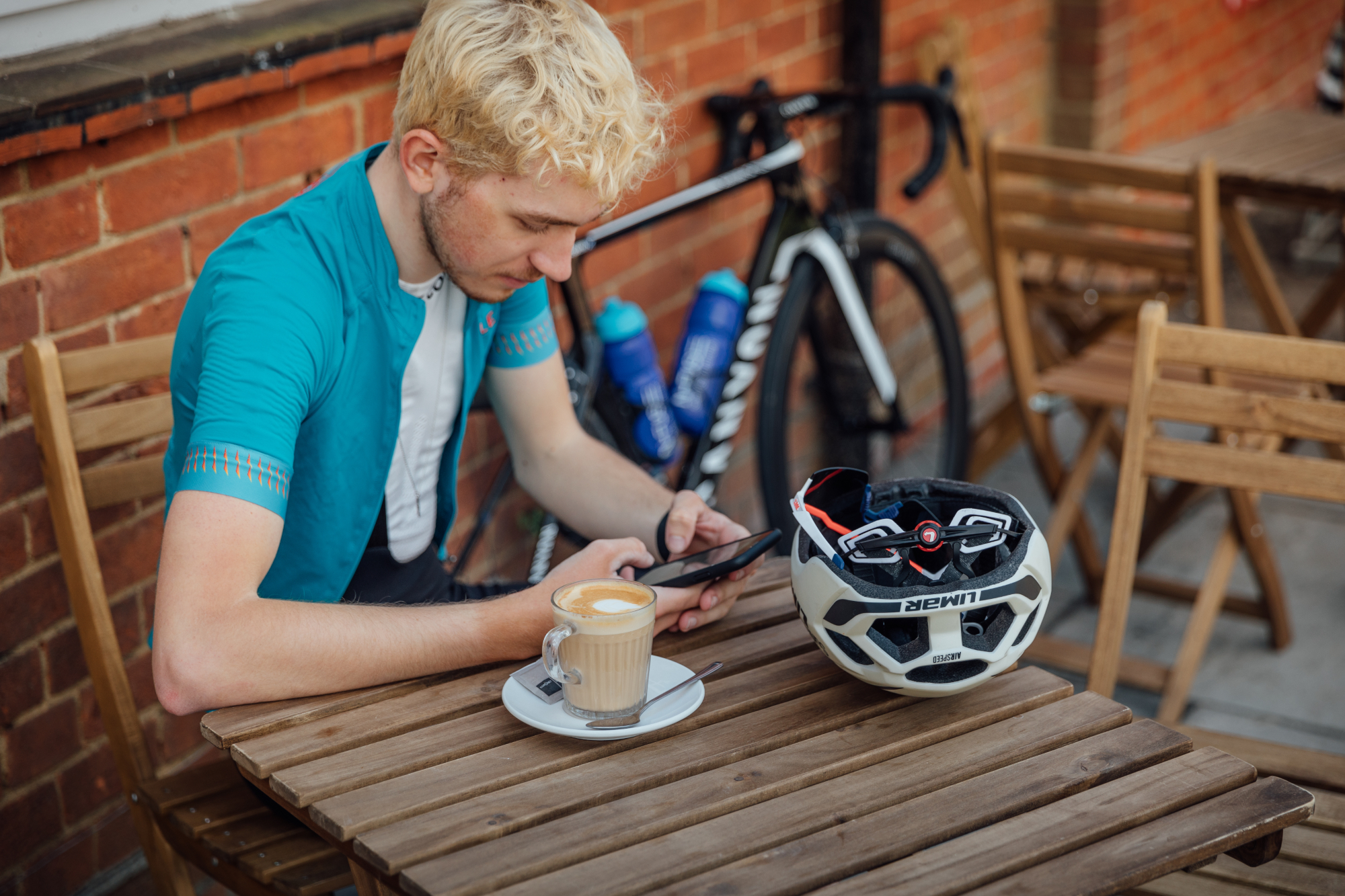
Although the vast majority of riders do benefit from an off-season break, the rule doesn’t apply to everyone. Determining whether you need a break is largely a matter of common sense.
If you’ve spent a lot of time off the bike, either in one big block as a result of injury or illness, or regularly have your training disrupted by work away from home, you probably haven’t accrued the level of mental and physical fatigue that demands a break from training.
“Your mental attitude is perhaps the easiest way to assess if you need a break,” says Tom Kirk. “Do you still have the motivation to train hard for another long season? An honest answer is a good way of deciding if you need to pause for a while.”
Similar common sense should be applied to choosing when best to take your break. Road racing calendars or sportive seasons typically draw to a close in early autumn, so it makes sense to take your break then (i.e. now). If you’ve planned your training well, your fitness should have built over several months and peaked for a mid- or late-season event. You can’t sustain that peak, so the weeks after your final A-race are the ideal breaktime. If you have two ‘peaks’ in your year — for example, if you race cyclo-cross or track in the winter, as well as road in summer — you will be faced with a long season. In this case, you’re best off having a pause midyear to refresh yourself.
“You don’t necessarily need to take time off the bike completely,” advises Kirk, “but you’ll need a very easy week at some point to relax — just ride if you feel like it, go on cafe rides and enjoy yourself.”
And lastly… how long to take? Again, this depends on what you’ve done in the past year. To get the benefit of having a rest, a minimum of two weeks off the bike (no riding at all) is advised, before starting back into some easier training. If you’ve had a particularly long, tough season, or are feeling burnt out, get a medical check-up and take as long as you need — typically, three to four weeks is sufficient.
Pro rider view on off-seson breaks: have a beer, put on a few kilos!
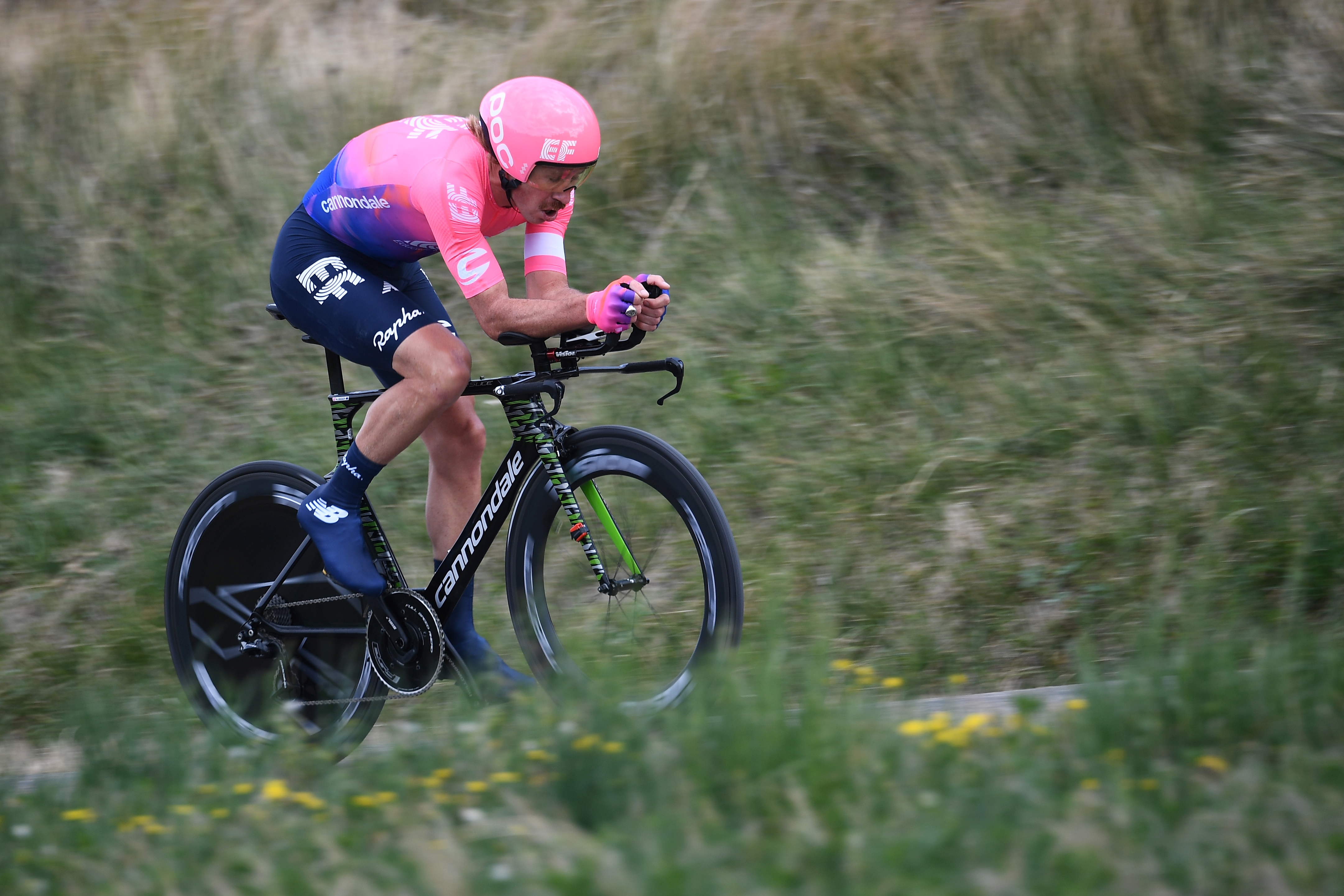
Mitch Docker at the Paris-Nice time trial. Image: ANNE-CHRISTINE POUJOULAT/AFP/Getty Images
Mitch Docker, who has ridden in the WorldTour for seven years, first with Orica GreenEdge and now with EF Education First, takes a whole four to five weeks off the bike as part of his off-season.
During this time, the Australian barely rides at all, with the exception of one or two leisure rides with his dad — and also goes for the occasional run.
“If you want to go to the next level, you need to rest and let your body absorb what you’ve done to it all year and to get your drive back,” says the 32-year-old. “When I’ve had a proper break, that desire to train is even greater than before. When I come back, I feel more incentivised to do things that bit better.
“That passion just doesn’t appear if I don’t actively step away first. And when I start riding again, I feel so refreshed and adapted from the last year’s work that it typically leads to me doing some of my best training of the year.”
After nine months of living in a bubble of racing, conforming like a monk, Docker re-enters normal life during his break. “I try and do normal stuff and enjoy myself. I drink and eat a bit too much and let myself go. I have a beer and burger if I fancy it. After a few weeks of that, I get bored of it and go back to eating pretty healthily.
“I probably only gain three of four kilos [above 73kg racing weight], but the release of mental pressure is vital — I stop worrying about having one piece more of this or that and don’t stress about it.”

Thank you for reading 20 articles this month* Join now for unlimited access
Enjoy your first month for just £1 / $1 / €1
*Read 5 free articles per month without a subscription

Join now for unlimited access
Try first month for just £1 / $1 / €1
-
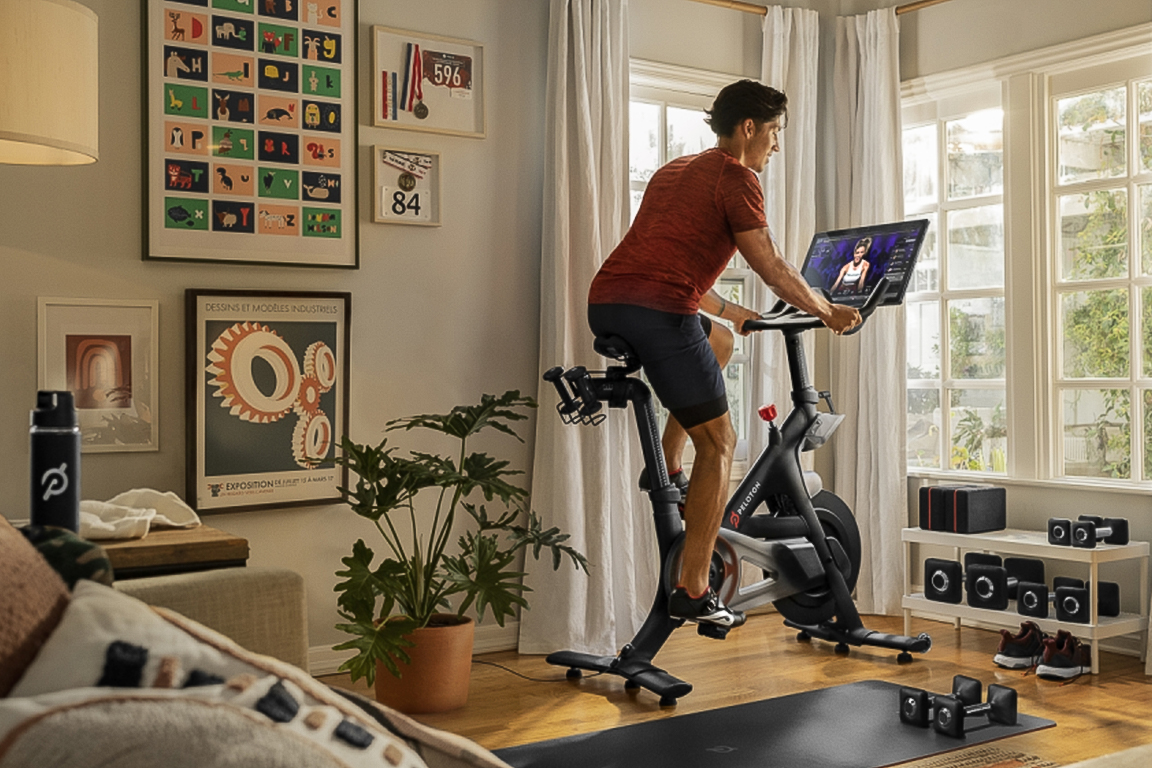 Pedal Hard, Pay Less: for a limited time, save $700 on one of the best exercise bikes from Peloton
Pedal Hard, Pay Less: for a limited time, save $700 on one of the best exercise bikes from PelotonDeals The Peloton Bike is the top dog of at-home exercise bikes offering an impeccable fitness platform and a top-rated overall experience
-
 'Because of my mentality I can win beautiful, beautiful races' - Demi Vollering climbs to victory and the red jersey on stage five of La Vuelta Femenina
'Because of my mentality I can win beautiful, beautiful races' - Demi Vollering climbs to victory and the red jersey on stage five of La Vuelta FemeninaVollering beats Marlen Reusser and Anna van der Breggen to the summit of Lagunas de Neilas to take over the race lead